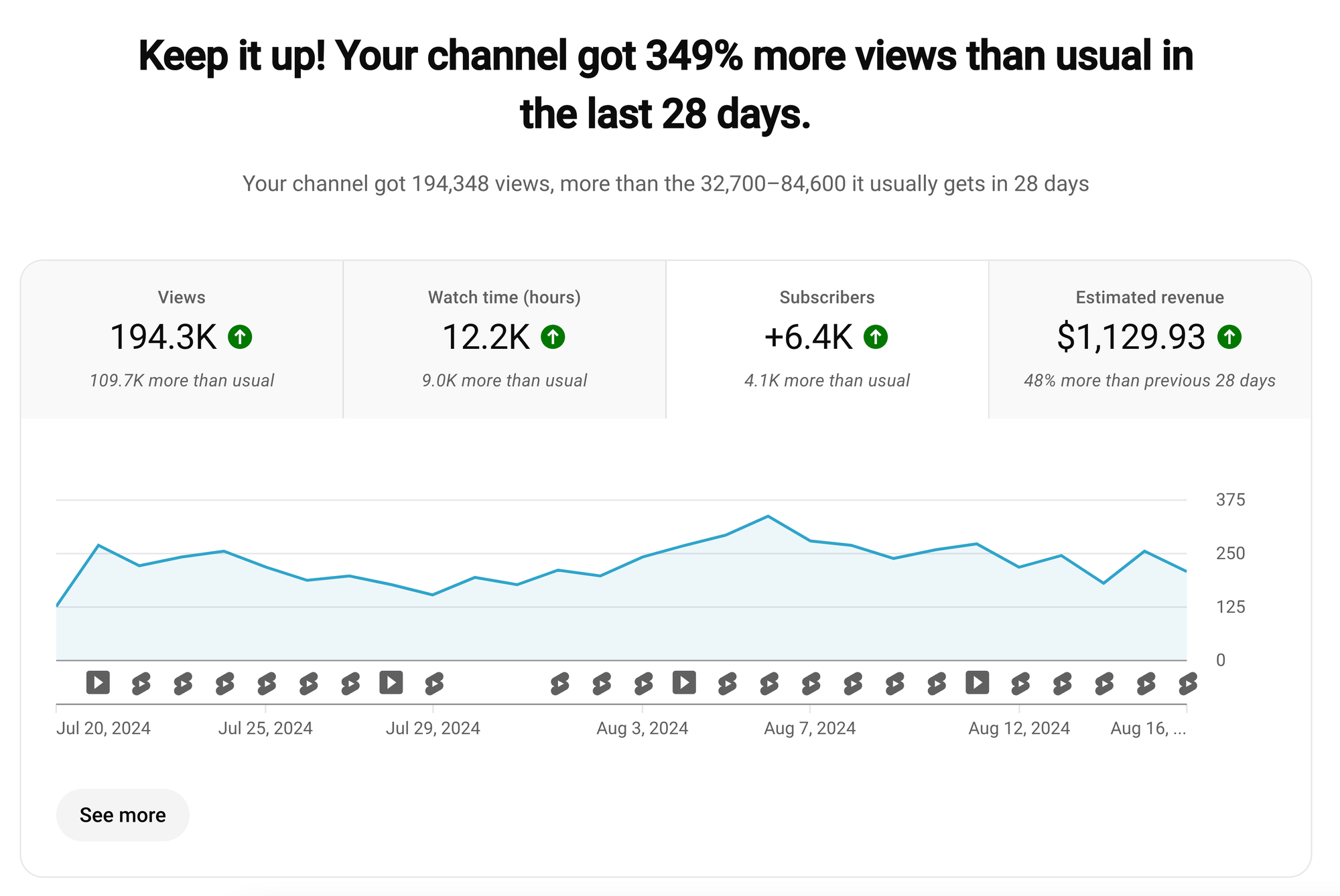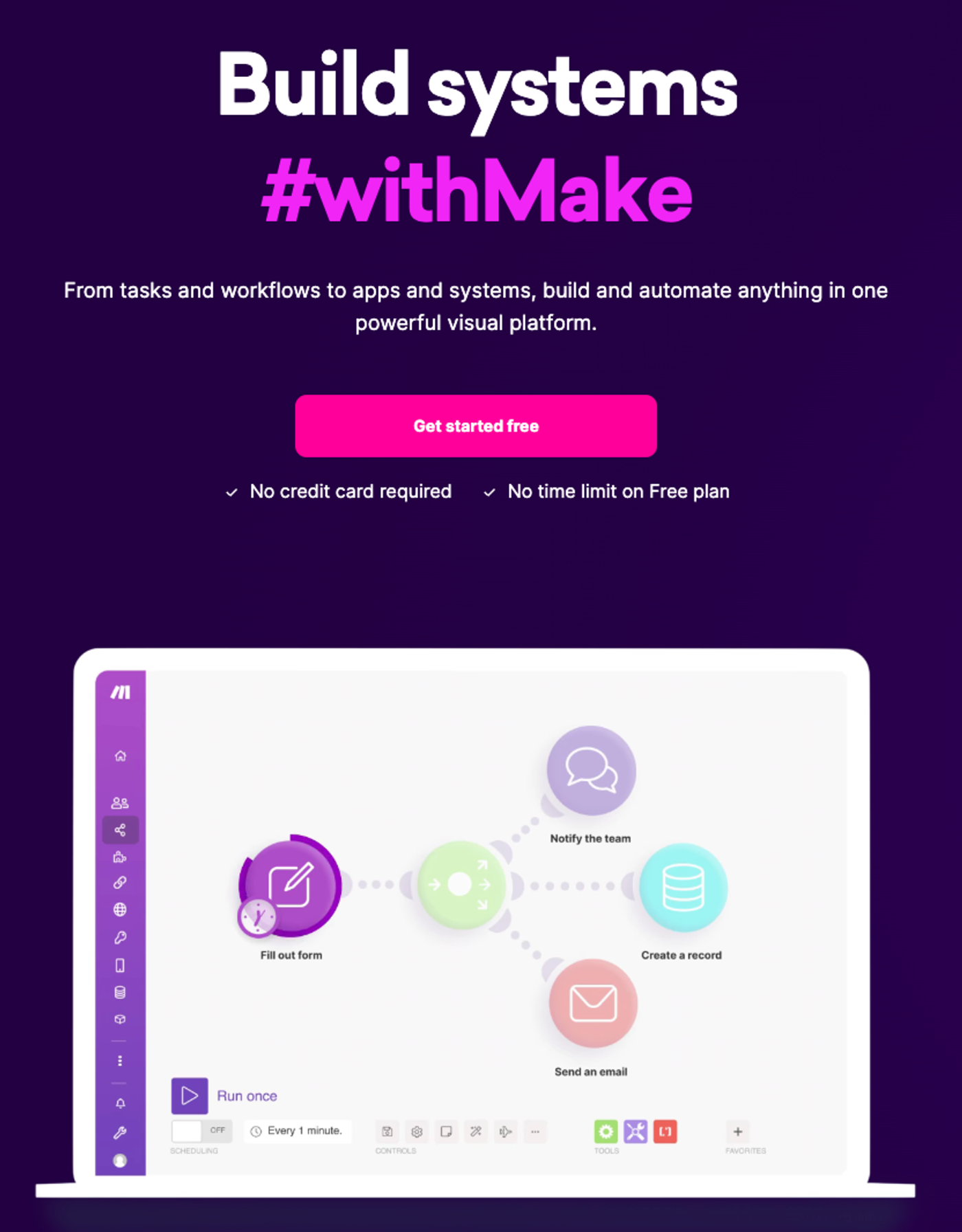Is it really possible to generate massive profits through automation tools? The answer to this question is “Yes.” A creator named Stephen Pope made a whopping $47,000 (approximately 63 million KRW) in 30 days using a workflow automation tool called Make, and he continues to generate an additional $60,000 (approximately 80 million KRW) monthly. Even more impressive is the fact that his operating profit margin reaches 90%.
Is this incredible success just luck, or is there a strategy that can be replicated? In this article, we will examine business success strategies using automation tools through Pope’s case.
Stephen Pope’s Success Story: How Did It All Begin?
Stephen Pope worked as a software engineer for 20 years, running an IT company, and after 12 years of experience, he sold his company for $2.6 million (about 3.5 billion KRW) and started a new challenge. His interest was in content automation, and through this, he became a millionaire. Inspired by Gary Vaynerchuk, he decided to develop and sell his own automation system after discovering that influencers spend tens of thousands of dollars on video production.
His success secret lies in funnel analysis and the use of automation tools. The automation tool he chose, Make, helps simplify complex tasks by integrating multiple applications through workflow automation.

Make: The Name Synonymous with Automation
Make offers a drag-and-drop visual interface that is easy to use, even for non-experts. It also integrates with over 1,000 applications and is optimized for automating various business processes. Pope used this tool to create a system that automatically summarizes YouTube content and posts it on social media.
Pope’s automation system significantly reduced content production time, maintained a consistent brand message, and improved productivity. Using Make, he automated content management that was previously done manually, building a system that generates and distributes content across multiple platforms with a single click.
Key Features of Make
- Integration with over 1,500 applications
- Easy automation setup through a visual interface
- Flexible pricing policy
- Support for complex multi-step workflows

Pope’s Funnel Strategy
In his business, Pope considers simplicity in funnel building to be the most important factor. He drives traffic through platforms like YouTube and TikTok, funnels people into a free community, and then transitions them to premium automation services.
He provides value to the community through free materials and prioritizes building trust with subscribers. This funnel strategy became the foundation for successfully running his paid community, which now has over 800 members.

Leveraging Content Automation and AI Tools
Pope’s success is not solely due to funnel building. He actively utilizes AI tools and automation technology to optimize content creation. By using generative AI tools like ChatGPT, he automates content summarization and classification, creating a system that posts timely on various social media platforms.

He emphasizes “simplicity,” running his business in a way that allows for maximum results with minimal effort. His case demonstrates how automation tools and funnel strategies can contribute to monetization.

Conclusion: Simplicity is Key to Automation Business
Stephen Pope’s case proves how automation tools and funnel strategies can generate massive profits in a short period. He saved time through a simple, efficient automation system and built trust through consistent content production.
Pope’s key to success is “simplicity.” When running a business, it’s important to set up a clear and consistent strategy instead of relying on complicated systems. By using automation tools to save time and reduce costs, anyone can follow in his footsteps to success.
